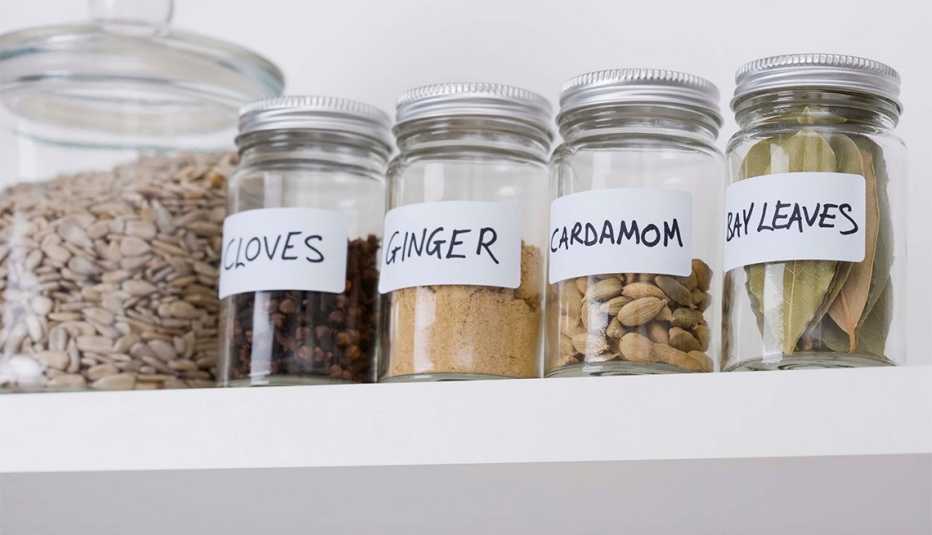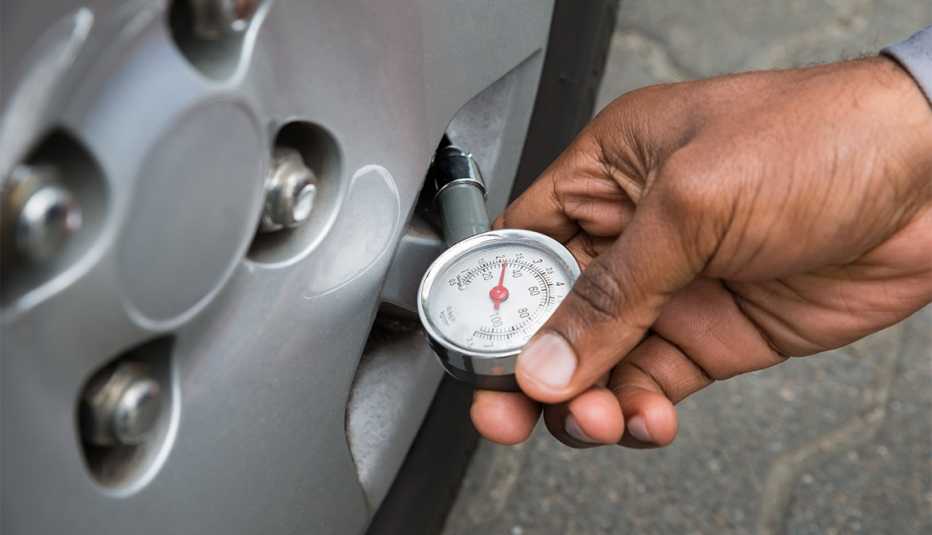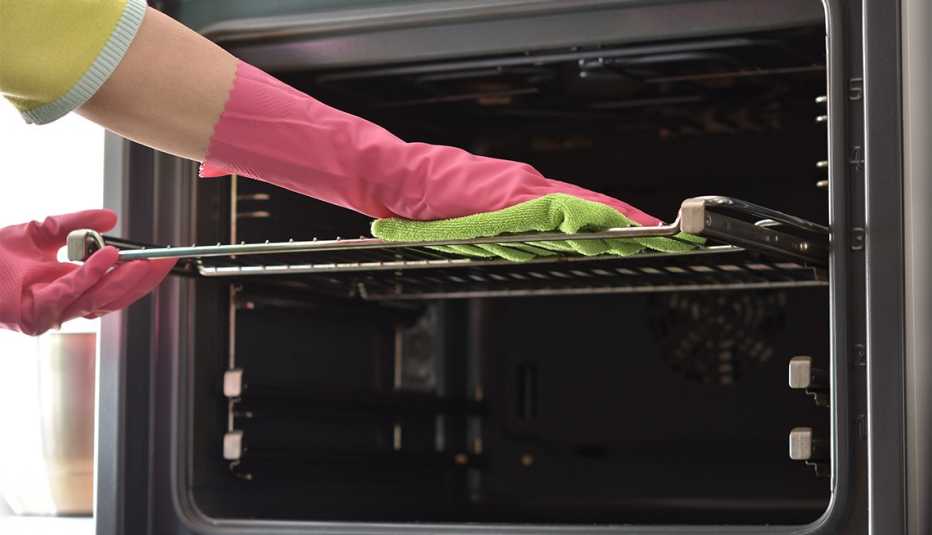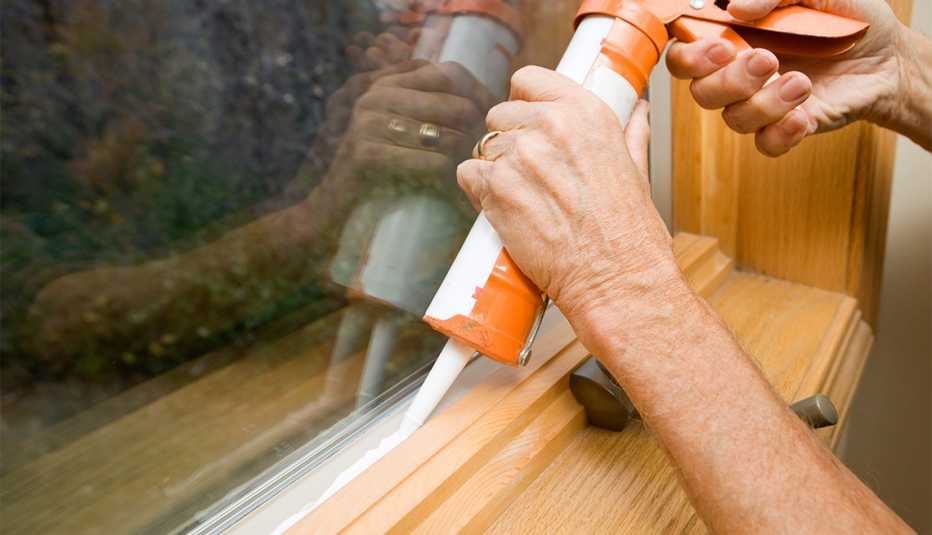Staying Fit
When you set your clock forward or back every spring and fall for daylight saving time, many people know it’s important to change the batteries in your smoke detectors too. But you can use these semiannual clock adjustments as a handy reminder to tackle other important tasks around your home.
This year, don’t consider your “fall back” duties done until you’ve checked off these semiannual and annual cleaning and safety steps.


AARP Membership— $12 for your first year when you sign up for Automatic Renewal
Get instant access to members-only products and hundreds of discounts, a free second membership, and a subscription to AARP the Magazine.
1. Change batteries around the house
The well-known “Change Your Clocks, Change Your Batteries” campaign cemented the importance of checking your home’s smoke detector batteries at least twice a year. Don’t stop there. Also check and replace batteries in each of your home’s digital thermostats and carbon monoxide detectors, as well as any emergency weather radios and battery-powered lanterns or flashlights that may be part of your home emergency preparedness kit.
2. Schedule a check of the chimney
The end of daylight saving time — which falls on the first Sunday of November — is a perfect time to prep your chimney for winter use. The Chimney Safety Institute of America recommends inspecting your chimney at least once a year, particularly if you use it frequently. During the inspection, a chimney professional can check for damage and, if needed, clean away soot and creosote buildup — the leading cause of chimney fires.
3. Replace your filters
You should change the air filter in your HVAC system at least every 90 days — or roughly every three months, recommends Lane Dixon, vice president of operations at Aire Serv, a Neighborly company. If you can’t recall if you’re up to date on your filter upkeep, use the fall time change to get back on track. “Open the return grill register and look at the filter. If it is discolored or dirty, or if it has a lot of dust buildup or pet hair on it, that could mean it needs to be replaced,” Dixon says. The time change is also a perfect opportunity to change out filters on your refrigerator water line or whole-home water filter, both of which should be replaced roughly every six months.









































































